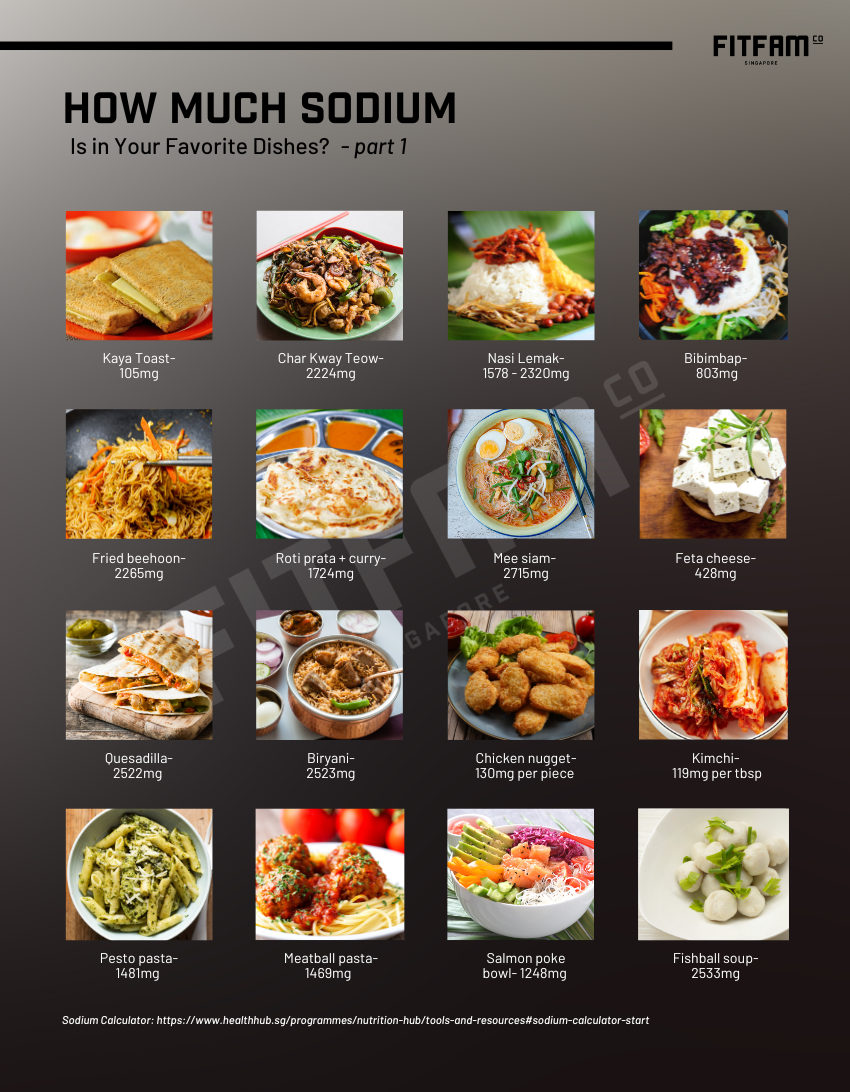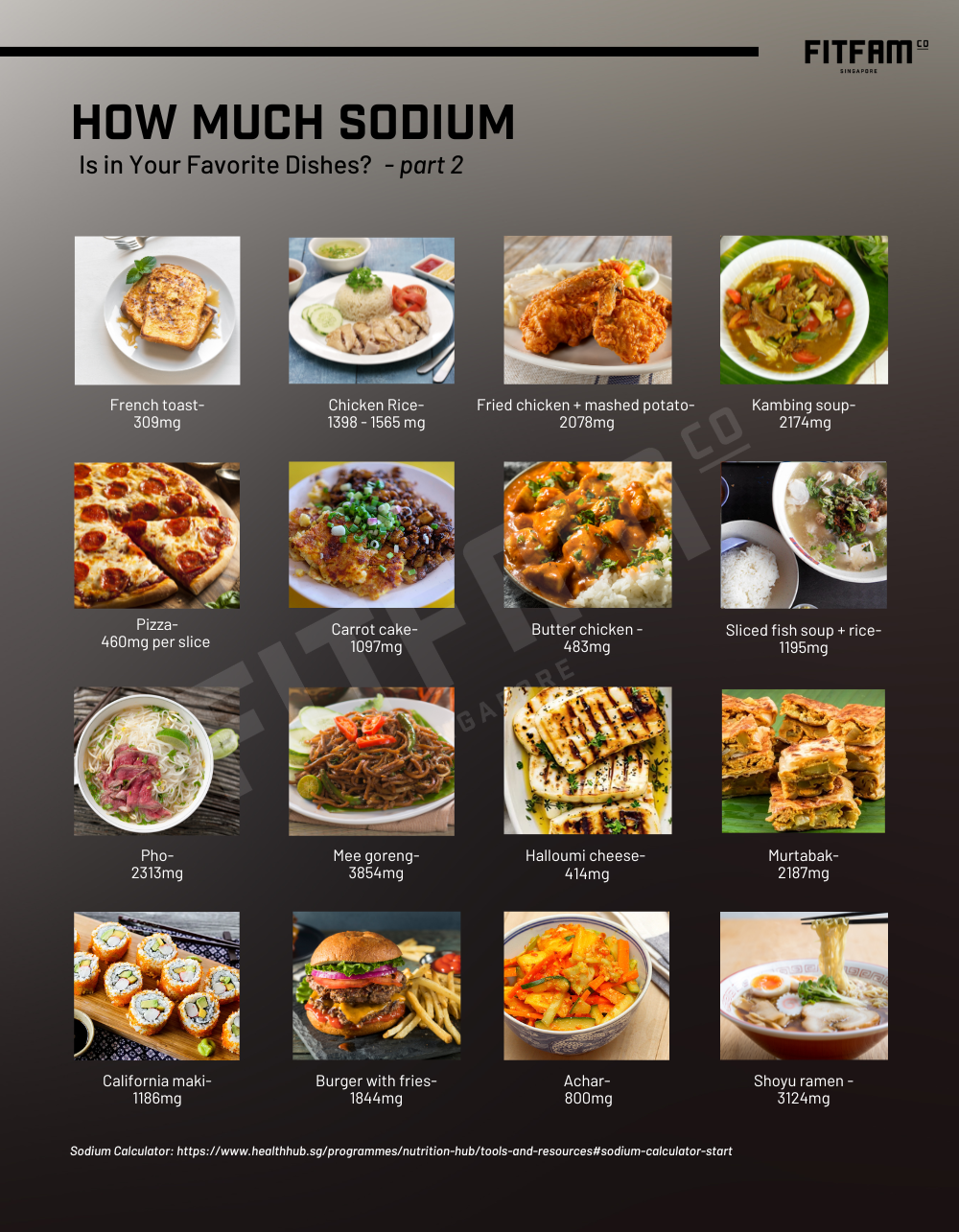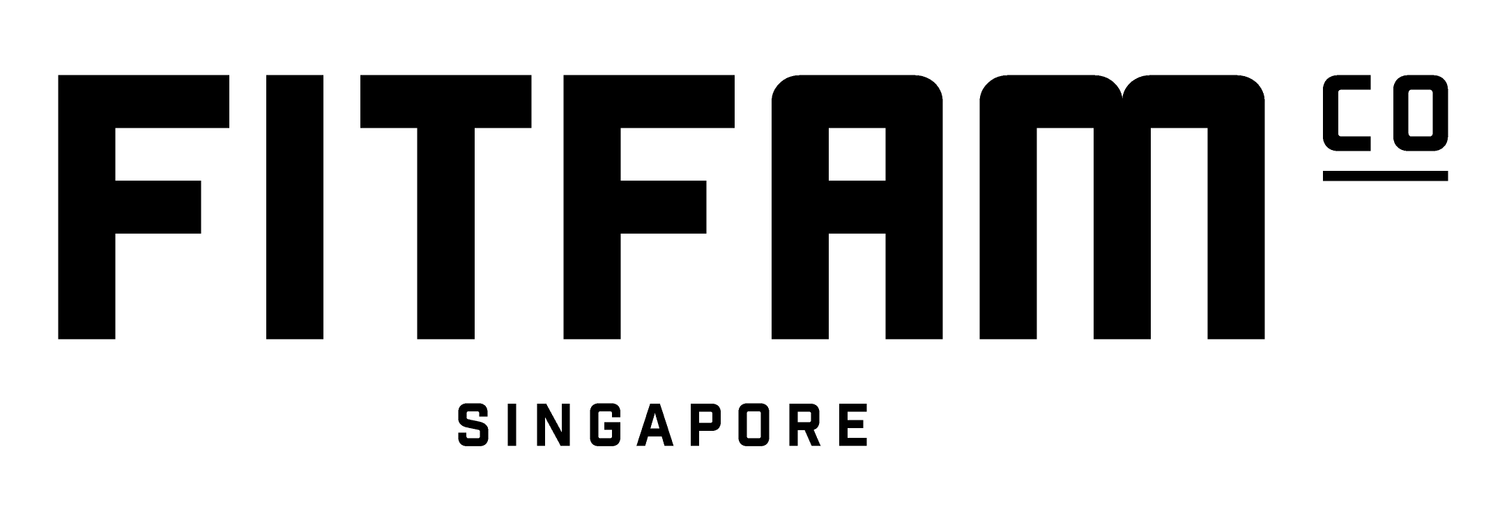Complete Guide to Managing High Blood Pressure Through Diet
What is High Blood Pressure?
High blood pressure, or hypertension, is a common yet serious condition that affects billions worldwide, as highlighted by the World Health Organization (WHO). It affects almost one in four Singaporeans aged 30 to 69 and usually has no symptoms.
Defined as a sustained elevation in blood pressure readings above 130/80 or 140/90 mmHg, hypertension poses significant risks to overall health, including increased chances of heart disease, stroke, and kidney damage.
Blood pressure is measured using two values: systolic pressure (the pressure in your arteries when your heart beats) and diastolic pressure (the pressure when your heart rests between beats).
Prevalence rates are rising, particularly among older adults, and various risk factors, such as age, genetics, unhealthy lifestyle choices, and lack of physical activity, contribute to its development. Since there are no symptoms, the only way to know is to get your blood pressure checked. In an informal language, it is therefore known as one of the ‘silent killers’.
Normally, your blood pressure will increase if:
Your blood volume is increased by too much salt intake which retains more water in the body.
Your blood vessels become more rigid due to atherosclerosis, a process where fatty substances are deposited in the blood vessel walls. As explained by this article.
Based on this, it is critical to control sodium and saturated/trans fat intake. Addressing hypertension is crucial for improving quality of life and reducing the burden of related health complications, making it essential for individuals to monitor their blood pressure and adopt healthier habits.
The Impact of Diet on Blood Pressure
Sodium
Diet plays a pivotal role in managing and preventing hypertension. The first key dietary factor is sodium intake, which is closely linked to blood pressure levels; excessive sodium can cause the body to retain fluid, leading to increased blood pressure. Reducing sodium also reduces morbidity and mortality from cardiovascular diseases.
High sodium intake is linked to higher blood pressure due to several factors. It can cause the body to retain water, increase resistance in blood vessels, and affect how blood vessels function. It also leads to changes in larger arteries and can alter the activity of the nervous system that controls the heart and blood vessels.
Most health organizations recommend 2000 mg of sodium or 5000 mg of salt per day, for more detail check this article.
Think of all the soups, gravies, sauces, condiments, processed meat (fish ball, fishcake, crabstick, bacon, ham, spam, peperoni, smoked salmon, sausages) we have while dining out or cooking at home. All of these can easily knock us over the daily limit by double, even triple.
Here’s list of some of the most popular and delicious dishes, along with their sodium content (measured in milligrams). You can use this sodium calculator to estimate values yourself.


Potassium
Conversely, diets rich in potassium, particularly those abundant in fruits and vegetables, can effectively counteract the negative effects of sodium and promote healthier blood pressure levels.
Foods such as bananas, spinach, sweet potatoes, and avocados are excellent sources of potassium, which plays a crucial role in maintaining cardiovascular health.
By helping the body excrete excess sodium, potassium reduces the risk of water retention and high blood pressure. Additionally, potassium has a relaxing effect on the walls of blood vessels, allowing for improved blood flow and lower resistance. This dual action not only aids in regulating blood pressure but also supports overall heart health, making it essential to include potassium-rich foods in a balanced diet.
Increasing potassium intake, alongside reducing sodium consumption, can lead to significant improvements in blood pressure management and overall wellness - a point which is often overlooked when discussing hypertension.
Magnesium
Another micronutrient worth mentioning in this blog is magnesium. According to this article, high magnesium intake is associated with lower risk of major cardiovascular risk factors (mainly metabolic syndrome, diabetes and hypertension), stroke and total cardiovascular diseases. It does this by mostly reducing blood pressure and helping in reducing arterial stiffness (where the blood flows in arteries). Green leafy vegetables like spinach are brilliant sources, followed by wholegrain, legumes, nuts and seeds.
Dash Diet
The DASH (Dietary Approaches to Stop Hypertension) diet emphasizes whole grains, lean proteins, healthy fats, and plenty of fruits and vegetables. When paired with a lower sodium diet, it proves to be effective in lowering hypertension.
The DASH eating plan promotes heart health by reducing saturated and trans fats. It emphasizes consuming nutrient-rich foods that can help lower blood pressure, particularly those high in minerals like potassium, calcium, and magnesium, as well as protein and fibre. Before you continue, you might be excited to know that we have a blog that will help you hit your health goals at local hawker centres, go check it.
Remember, like we’re constantly reminding our clients at FITFAMCO - the DASH diet, among others, is simply a guide, not a rule of law. Use this guide to make better choices, not to get stressed by boundaries and restrictions.
Alcohol
Additionally, reducing alcohol consumption and avoiding processed foods can significantly improve heart health. Binge drinking alcohol can lead to elevated blood pressure. Several studies have also shown that eliminating alcohol consumption entirely can bring down our blood pressure levels.
Before you even consider drinking alcohol regularly, check your own health status as well as family history. If things like diabetes, high blood pressure, high cholesterol among other things come up, then our strong suggestion would be to minimize or even eradicate drinking. And if you must drink, please stick to 2 standard drinks a day for men and 1 for women (330 ml of regular beer, 100 ml of wine or 30 ml of spirit)
Sustainable Eating Practices / Practical Tips
Sustainable nutrition, in the context of long-term habits, focuses on making food choices that promote lasting health and well-being.
Adopting a wide variety, plant-based diet is particularly advantageous for heart health and can be a sustainable choice for lifelong eating habits. Plant-based diets, rich in whole grains, fruits, vegetables, and legumes, are low in saturated fats and high in fibre, which help lower cholesterol levels and reduce blood pressure. These dietary patterns have been linked to a decreased risk of cardiovascular diseases, making them an excellent choice for those looking to enhance their long-term health.
Meal planning plays a vital role in this approach, enabling us to prepare nutritious meals that align with our health goals, minimize reliance on processed, high sodium foods, and encourage consistent healthy eating habits.
Small changes in what we cook, how we eat out, and our snack choices can significantly improve our health. By swapping out less nutritious options for healthier alternatives, you can make your meals better for your heart and overall wellness. Here's how to get started:
Smarter Cooking at Home
Reduce salt and use herbs and spices for flavor.
Wash canned beans and lentils to reduce sodium.
Cook rice, oats, and pasta without adding salt.
Use whole grains like brown rice, whole-grain roti, or oats instead of refined grains.
Choose dhal (lentil curry) with whole grain roti instead of heavier curries like chicken curry.
Ask for gravies, soups, sauces, and condiments to be served on the side to control the amount you consume.
Add a watermelon salad with fresh herbs as a refreshing, potassium-rich side.
Opt for sambal kangkong (water spinach) with less sambal to reduce sodium intake.
Opt for fruit rojak made with fresh, seasonal fruits instead of the traditional sugary sauce, or ask for less sauce.
Better Choices When Dining Out
Choose grilled or steamed proteins like grilled mackerel or steamed fish with ginger and scallions instead of fried options.
Go for fresh chicken on pizza instead of processed toppings like pepperoni to reduce sodium.
Choose a popiah filled with plenty of vegetables and tofu instead of those with processed meats or heavy sauces.
Pick steamed chicken and plain or brown rice for Hainanese chicken rice instead of oily fried rice.
When choosing mixed vegetable rice, select more greens (like bok choy or spinach) and less fried items, and go for brown rice.
Opt for a clear soup like herbal soup or fish soup instead of salted vegetable soup to reduce sodium intake.
Ask for less coconut milk and more vegetables like bean sprouts and tofu when getting laksa to increase fiber while reducing fat.
Choose a bowl of prawn mee with less broth or ask for the broth to be made with less salt, and add extra vegetables.
Select yong tau foo items that are stuffed with tofu and vegetables instead of processed meats, and choose a light broth.
HEALTHIER SNACKS AND DRINKS
Enjoy oats porridge topped with bananas or berries and eggs or Greek yogurt for a balanced breakfast.
Replace sugary bubble tea with a fresh fruit smoothie made with yogurt.
Choose a grilled or baked option like grilled fish or grilled chicken instead of fried meats.
Add a watermelon salad with fresh herbs as a refreshing snack.
Choose a popiah filled with plenty of vegetables and tofu instead of those with processed meats or heavy sauces
Mindful eating practices — such as paying attention to hunger cues and savoring each bite — can enhance the overall eating experience and promote better digestion. However, it's also important to remember that a good diet alone is not always enough. In some cases, it’s recommended to consult with your doctor to discuss whether hypertension medications might be necessary. For more personalized dietary guidance, you may also consider consulting a nutritionist or dietitian. Learn more about the difference between these professionals in our blog.
Conclusion
Overall, a balanced diet focused on whole, nutrient-dense foods is essential for managing blood pressure and supporting overall cardiovascular health.
1. Key nutrients for blood pressure regulation:
Potassium
Magnesium
Fibre
2. Foods to include:
Fruits and vegetables
Whole grains
Legumes
Lean proteins
3. Foods to limit:
Processed foods
Sodium-rich foods
Alcohol
Managing high blood pressure requires a holistic approach. By understanding the critical roles of sodium and potassium, and by embracing the DASH diet, individuals can make significant strides toward better cardiovascular health. Adopting healthy lifestyle changes—such as incorporating more fruits and vegetables, engaging in regular exercise, and practising mindful eating—can have a lasting impact on blood pressure levels and overall well-being. To further support your journey, consider working with our nutritionists to help you make informed dietary choices for managing high blood pressure. Managing high blood pressure is an ongoing process that requires both dietary and lifestyle changes. With the right approach, you can significantly improve your heart health and overall well-being.


